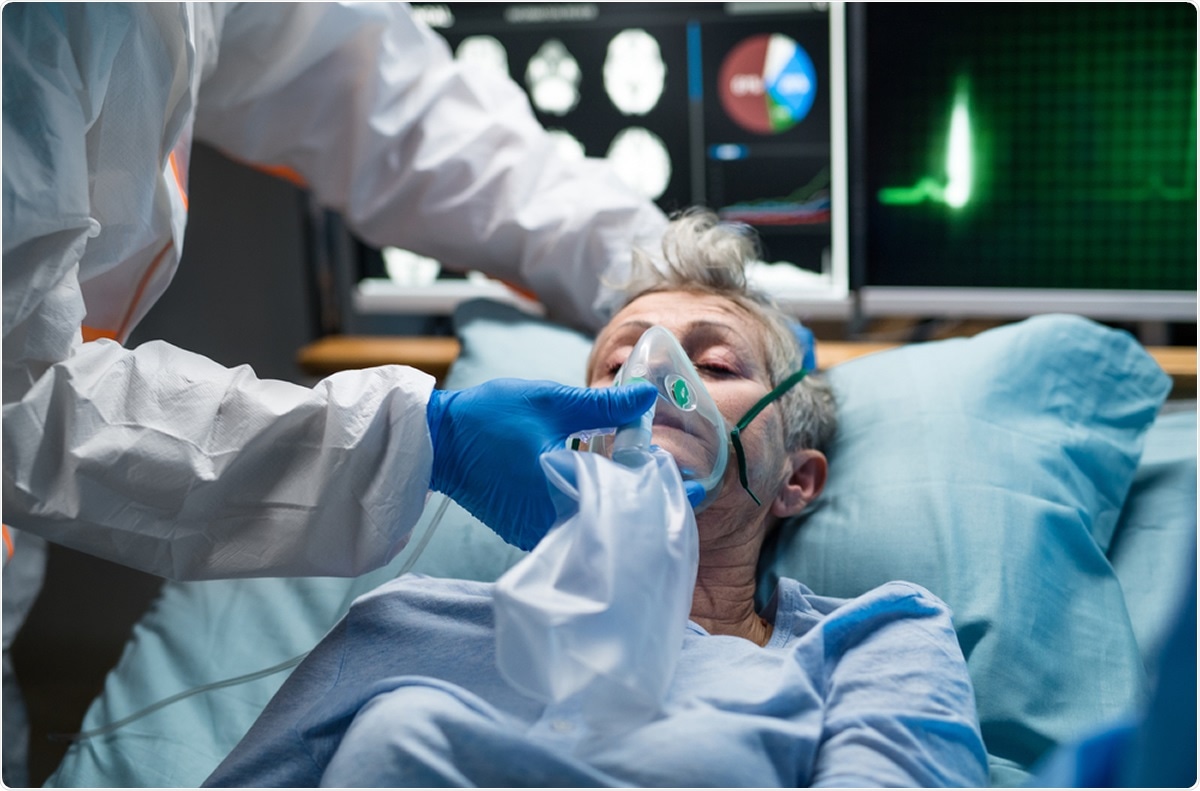The coronavirus disease (COVID-19) pandemic is actively spreading, adding more infections to the 29.27 million cases across the globe. Though a majority of these people only experience mild to moderate symptoms, there is a group of COVID-19 survivors who have never recovered. A news feature on nature.com discusses their plight.
Called “long-haulers” or “long-termers,” some people report lingering symptoms of the illness for months. These people experience symptoms ranging from fatigue and weakness to chest pains and difficulty breathing.

Image Credit: Halfpoint / Shutterstock
Persistent symptoms
A team of scientists at the University of Southern California in Los Angeles (UCLA) began tracking COVID-19 patients in January using computed tomography (CT) scanning to examine their lungs. They followed 33 patients for a month.
The results of their work, which has not yet been published, show that more than a third of the patients had tissue death that appeared as scars in their lungs. The researchers plan to follow these patients for years to determine the long-lasting effects of COVID-19 on the body.
According to Ali Gholamrezanezhad, a clinical radiologist and part of the team, most of the cases are mild to moderate and do not end up being admitted to the hospital. He estimates that the rate of intermediate-term lung damage is about less than 10 percent. However, since there are 29 million people who were infected with the severe acute respiratory syndrome coronavirus 2 (SARS-CoV-2), even a low percentage may imply that thousands of people experience long-lasting and persistent health problems.
With many people having lingering symptoms, many doctors are concerned that the number will grow as the cases surge. The disease is novel, and no one has any idea of its long-term effects on the body. Doctors worry that organ damage may be permanent or may linger for months, or even years. They are also unsure if the damage is likely due to intensive treatments such as intubation, or caused by the virus itself. Yet, as the pandemic evolves, many new studies show that the virus attacks many organs, not just the lungs.
Lung damage
One of the most affected organs in the body is the lungs since COVID-19 is mainly a respiratory disease. In the first few months of the pandemic, many countries crammed to contain the spread of the virus, implementing lockdowns. The focus of hospitals and clinicians were to cope with the skyrocketing cases, while research was focused on finding the source and treatment for the infection.
Recently, amid the sudden increase of health consequences of the illness, doctors are now looking for answers on why many patients do not fully recover from the illness.
In another study out of Austria, researchers discovered that lung damage reduced over time. About 88 percent of the study participants had visible lung damage six weeks after being discharged from the hospital. By 12 weeks, the number fell to 56 percent.
In the current UCLA research, the team led by Gholamrezanezhad analyzed the lung images from the CT scan of more than 900 patients from published studies. They found that the most affected part of the lungs is the lower lobes. The CT scan images were packed with whitish and opaque patches that imply inflammation, making it hard for people to breathe during sustained exercise. The team said that the damage seemed to improve after two weeks.
Further, the team noted that some symptoms might take longer to subside.
Another study of 152 post-discharge patients published in the preprint source, medRxiv* showed that among people who have been hospitalized due to COVID-19, more than 70 percent of patients report shortness of breath and 13.5 percent needed oxygen at home after a month of being discharged.
Meanwhile, the U.S. Centers for Disease Control and Prevention (CDC) says that COVID-19 can result in prolonged illness, even among young people without underlying health conditions. In a study cited by the CDC, a survey of symptomatic adults who had been diagnosed with COVID-19 showed that 35 percent had not returned to their normal state of health when they were interviewed two to three weeks after diagnosis. Among young adults with no underlying medical illness, one in five had not fully recovered.
“These findings have important implications for understanding the full effects of COVID-19, even in persons with milder outpatient illness,” the health agency said.